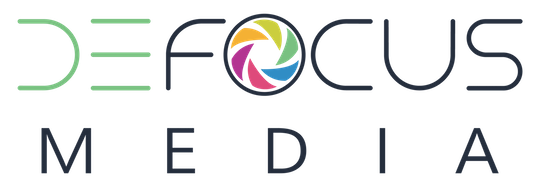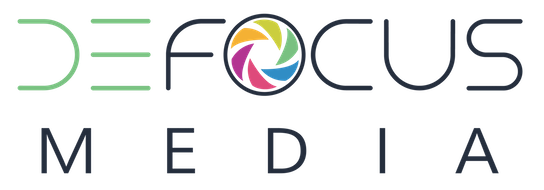Podcast: Play in new window | Download | Embed
Patients are asking about natural vision improvement more than ever—often hoping to cut dependence on glasses or contacts without surgery. Conventional training says that lasting change hinges on optical correction or surgical intervention; yet some functional, habit-based strategies may meaningfully improve comfort, acuity fluctuations, and visual performance in the real world. In this episode of the Eye-Q Podcast, neuro-ophthalmologist Dr. Rudrani Banik interviews Claudia Muehlenweg, founder of the Naturally Clear Vision Institute, to unpack what natural vision correction actually entails, where it aligns with clinical care, and how clinicians can guide patients safely and responsibly.
Topics Covered
Vision vs. eyesight: reframing the discussion
The episode begins by distinguishing vision from eyesight. Eyesight reads the chart; vision is the lived experience—peripheral awareness, color, night performance, binocular stability, and comfort. Many of these elements are under-assessed in routine checks, yet they drive whether a patient can study longer, drive at night with confidence, or work all day at a computer without pain. Framing patient concerns in this broader context opens space for coaching on habits, not just lens power.
Claudia’s story: from childhood hyperopia to adult clarity
Claudia describes early hyperopia with accommodative esotropia, social stress, and a constant sense of strain. As a teenager she discovered a book on natural approaches that emphasized relaxation, blinking, gentle movement, outdoor light, and “palming” (cupping hands over closed eyes). She experienced short “clear flashes” that built confidence. Decades later, during a period of adult stress with presbyopia and astigmatism, she returned to these tools and worked with a teacher to systematize her approach—eventually creating the Naturally Clear Vision Method.
Micro-habits that matter for computer vision syndrome
Blinking more often (every 2–3 seconds) helps stabilize the tear film and counters “screen stare.”
Palming (20–60 seconds): Rub hands, gently cup over closed eyes (no pressure), elbows supported, breathe slowly; remove hands first, then open with soft blinks and light squeezes. Many patients report immediate relief.
“20–20” reset: Every ~20 minutes, rest for ~20 seconds by closing the eyes or palming instead of only looking 20 feet away.
Match screen and room brightness: Avoid a bright monitor in a dark room that collapses peripheral vision.
Environment: If possible, set the monitor so a small upward gaze looks into the distance (e.g., through a window), making far-focus glances effortless.
These steps are small, fast, and repeatable ideal for computer vision syndrome.
Overminus and the case for effort-free clarity
Dr. Banik shares her own experience with overminus, uncovered by a cycloplegic refraction that revealed she needed significantly less minus than she had worn for years. Performance anxiety in the phoropter can push patients to “choose sharper” options that require extra accommodative effort, setting the stage for fatigue. Coaching patients to aim for comfortable clarity without strain, and offering cycloplegic refraction when appropriate, can better align prescriptions with real-world use.
Guidance across refractive profiles
Myopia:
- Avoid wearing full-distance correction for prolonged near tasks when it’s safe and practical.
- Consider distance-reduced contact lenses for the computer, with over-spectacles only when true distance vision is needed (e.g., driving).
- Encourage frequent distance glances and outdoor light.
Hyperopia & accommodative esotropia (pediatric):
- Glasses relax near demand and mitigate convergence; many children naturally reduce dependence as they grow.
- Layer habit coaching—blinking, posture, daylight, frequent movement and play that engages peripheral vision.
Presbyopia & astigmatism (adults):
- Normalize fluctuations tied to stress and sleep.
- Use task-specific optics for the workstation and add simple resets like palming to lower effort.


